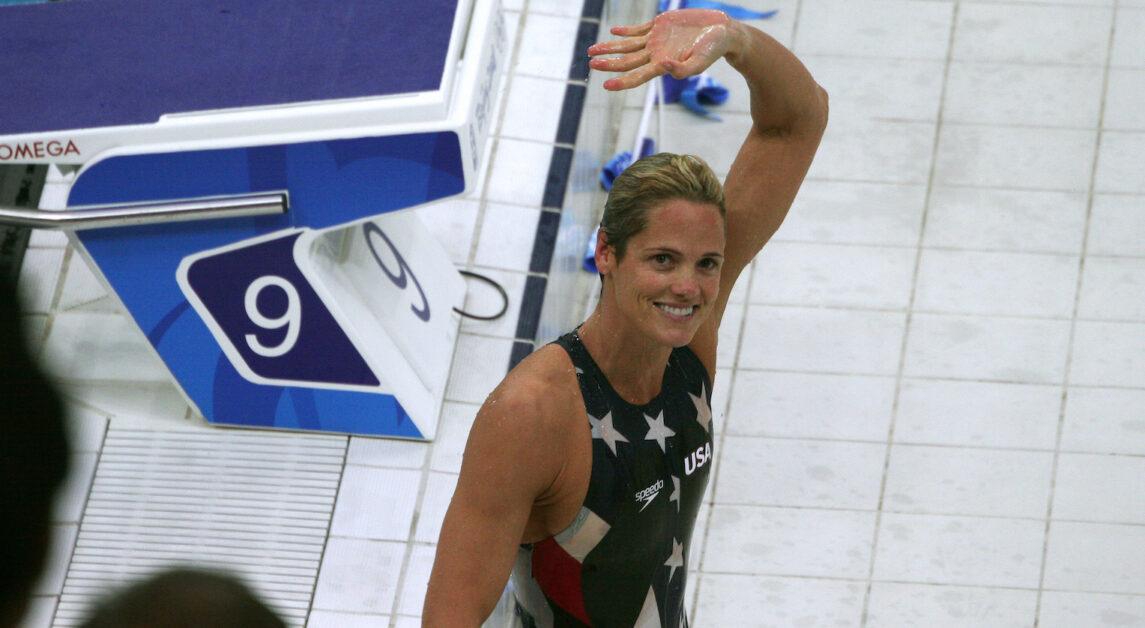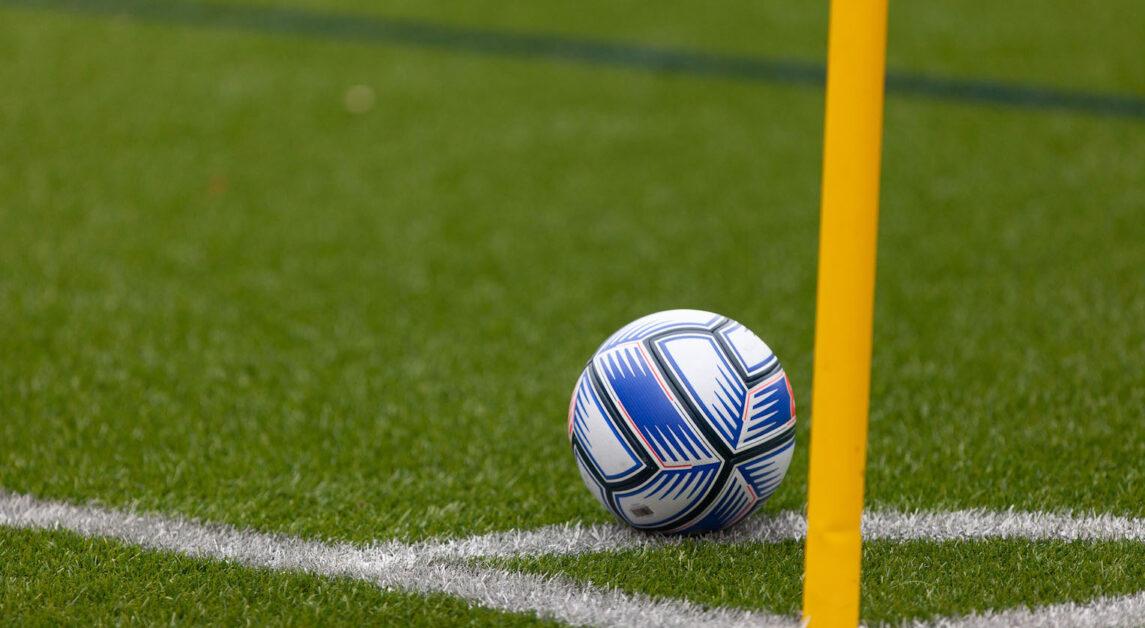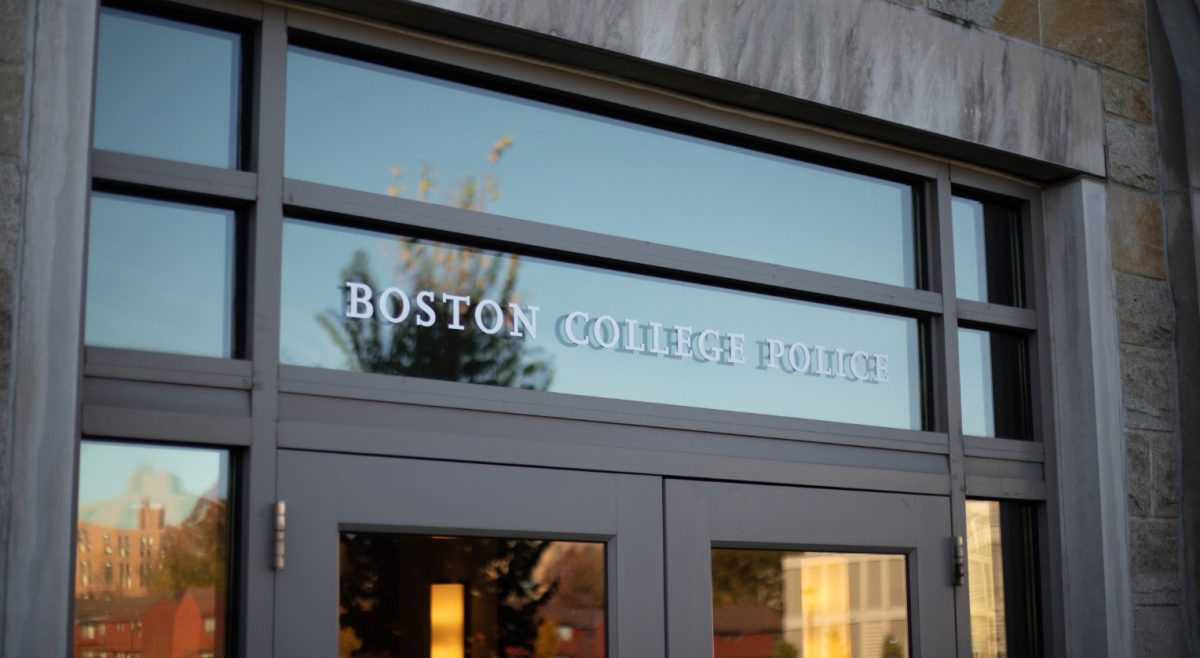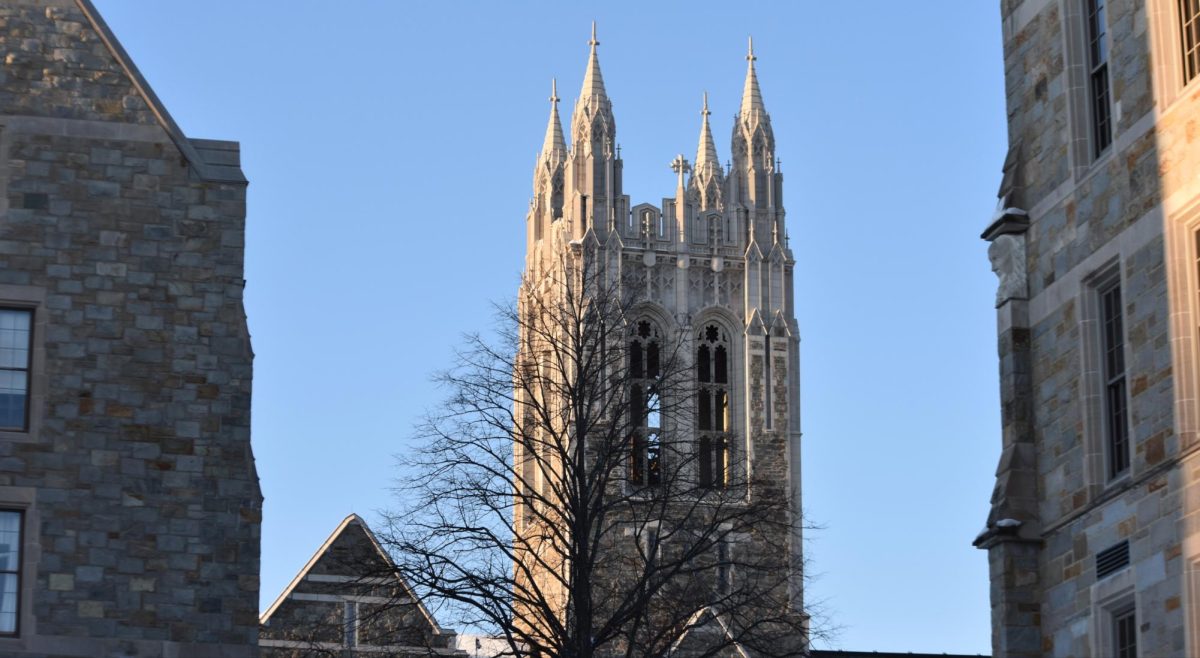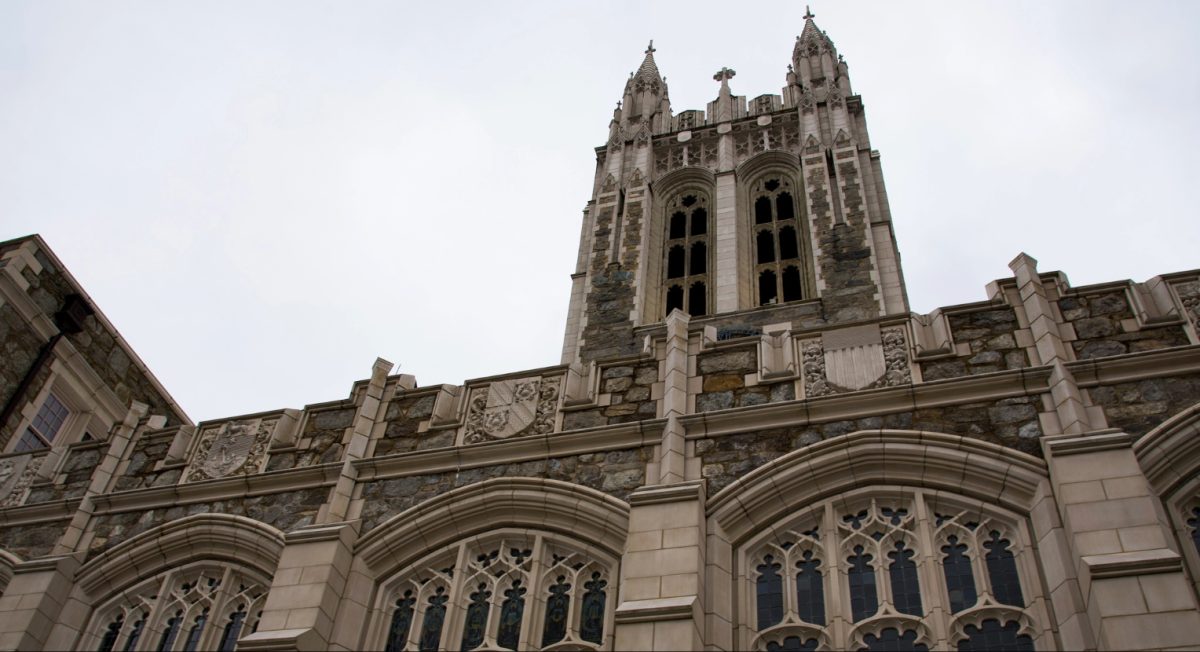Profits for Boston College men’s basketball, women’s basketball, and men’s hockey increased drastically from the 2011-12 season to the 2012-13 season while football profits decreased slightly, according to the University’s Equity in Athletics Data Report.
While the BC men’s basketball team lost about $623,000 in 2011-12, revenue increased by 9 percent and expenses decreased by 23 percent last year leading to an almost $895,000 net gain for the program. Despite the improvement, the program’s profit was the second smallest total among the Atlantic Coast Conference’s 12 institutions and was more than five times smaller than the league average of $4.97 million.
NEWS: Athletics Clarifies Aid Allocation
After an expensive run to the National Championship in 2011-12, the men’s hockey program saw a 27 percent decline in expenses along with a slight increase in revenue during the 2012-13 season, which came to an abrupt end in the first round of the NCAA Tournament in Providence. In 2011-12, the program lost more than $1.89 million, but that total fell to around a $662,000 loss last season.
BC football, the school’s most profitable program, had the third smallest profit in the ACC in 2012-13 with a total of about $3.24 million-a decline from the 2011-12 mark of $3.68 million. Revenue increased by more than 5 percent last season, while expenses increased by more than 9 percent. BC’s total was a little less than three times smaller than the league average of $9.62 million.
Although revenue for the BC women’s basketball program fell by 9 percent from the 2011-12 season to 2012-13, expenses fell by 45 percent as the team went from a $3.77 million loss two years ago to a $2.55 million loss last year. Of the nine ACC programs that reported a net loss for women’s basketball in 2012-13, BC had the fourth smallest profit. Florida State University and the University of Virginia both reported breaking even in the sport, while Wake Forest University reported a net gain of $1.
RELATED: Financial Data From The 2011-12 Season
The data for the report is compiled annually by the U.S. Department of Education from all institutions that receive federal student aid from the government. Last year, BC decided to remove institutional support from the reported team revenue for ticketed sports, allowing men’s and women’s basketball as well as men’s hockey to join football as the four sports in which true profit figures are available. This is the second year under that system and the first under Director of Athletics Brad Bates. All other BC sports included in the report are shown as breaking even, since institutional support is included in the team revenue.
BC, along with Duke University, the University of Miami, and Georgia Tech, reported no total profit for 2012-13. The University’s total revenue and expenses both equaled about $60 million. Total revenues and expenses amounted to around $66 million in 2011-12.
The report also includes average coaching salaries for the University’s men’s and women’s teams. The average annual salary for head coaches of men’s teams at BC jumped nearly 38 percent from 2011-12 to 2012-13, rising more than $96,000, from $254,000 to $350,000. There were 12 head coaches included in the average.
Despite the increase, BC’s average ranked second to last in the conference and stands at about 59 percent of the league average of $594,000. The average annual salary for head coaches of women’s team’s at BC ranked last in the conference, with the $85,000 total standing at 57 percent of the league average of around $149,000.
RELATED: Athletic Department Salaries Rose In 2011-12
The gap between aid for male and female student-athletes at BC continues to widen, according to the report. BC reported 336 male participants and 360 female participants in last year’s figures, according to the report’s unduplicated count, which eliminates student-athletes involved in multiple sports from the total.
A participant is defined in the report as any student who is listed on a varsity roster, receives athletically related student aid, or practices with a varsity team and receives coaching from a varsity coach.
Male student-athletes, on average, received about $27,000 in athletically-related aid last year, while females received around $20,500. The nearly $6,500 difference between male and female aid was the second largest in the conference, and BC was one of five institutions in which males, on average, received more financial aid than females. During the 2011-12 season, male student-athletes at BC received $5,000 more than females on average, while the difference was about $1,700 in favor of males in 2010-11.


